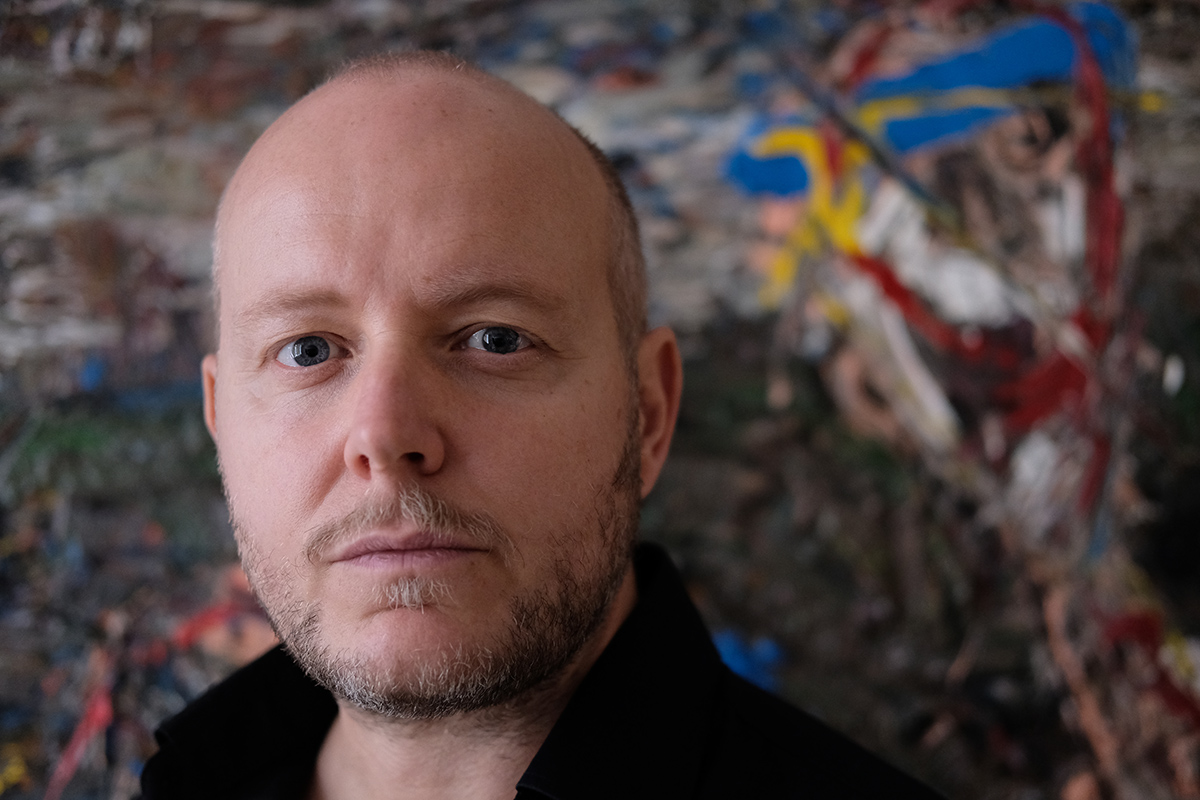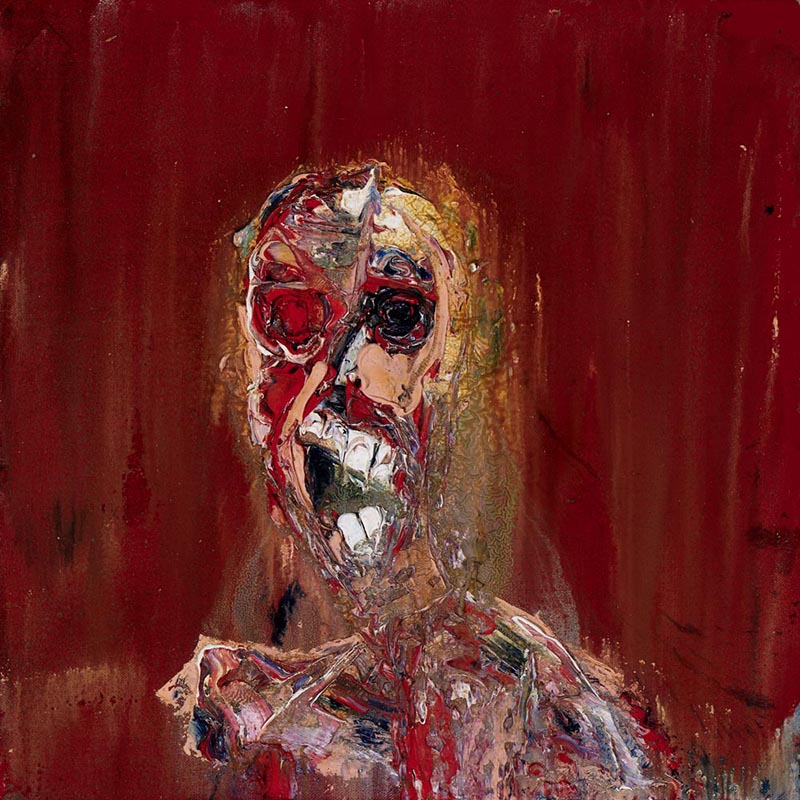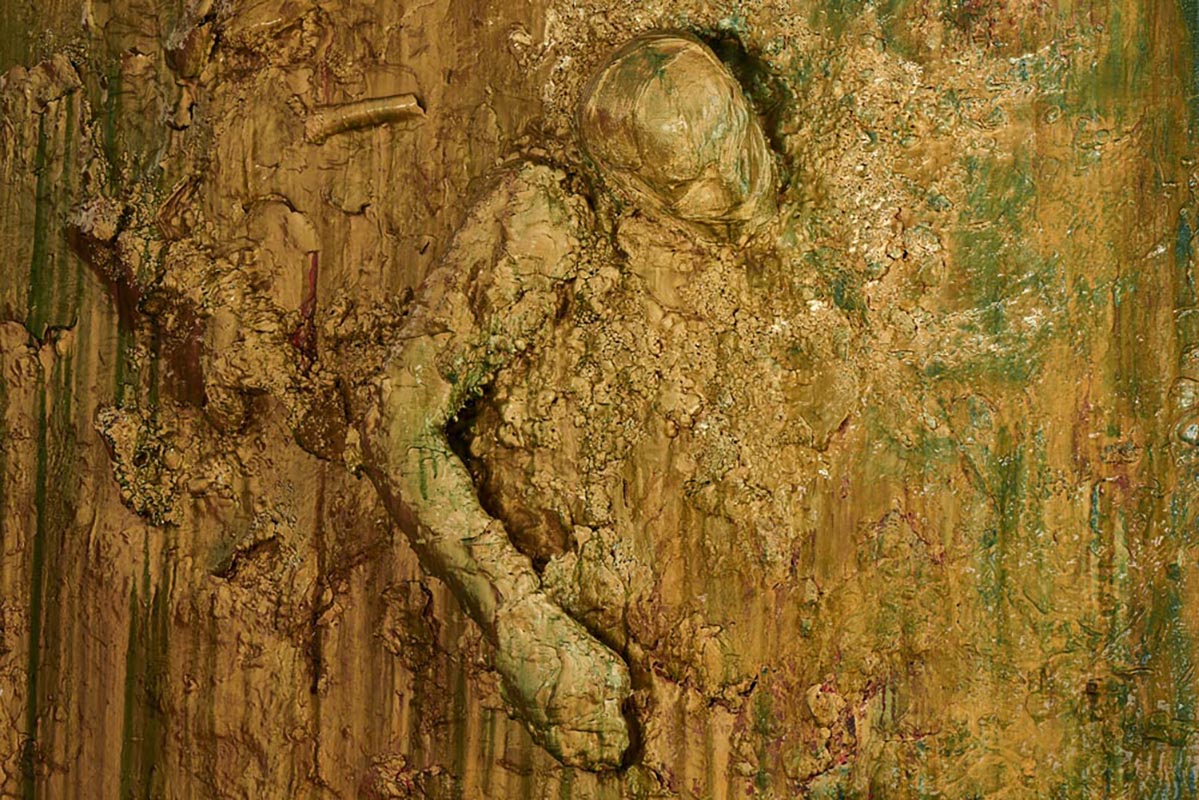This website uses cookies so that we can provide you with the best user experience possible. Cookie information is stored in your browser and performs functions such as recognising you when you return to our website and helping our team to understand which sections of the website you find most interesting and useful.
Artist Lincoln Townley on BAFTAs, Bitcoin and breaking tradition
By Rachel Ingram | 20 February 2018 | Culture, Wealth,
The UK’s first artist to sell for cryptocurrency, Lincoln Townley tells Tempus why he is a force to be reckoned with

Art and technology are often seen as opposing enterprises, with the former deemed somewhat traditional and elitist compared to the highly innovative and accessible digital world. Collecting art, meanwhile, can be seen as a hobby for old money, rather than newly affluent entrepreneurs – but, according to artist Lincoln Townley, that could all soon change.
As cryptocurrencies, currently worth over £280bn, continue to boom, a gap is being bridged between the digital and the physical as new ‘Bitcoin billionaires’ search for a way to spend their overnight earnings. One place the currency is beginning to inflitrate – much to the distate of traditionalists – is the $60bn global art market. One innovator intent on disrupting the industry is Townley, the British artist best known for his BAFTA portraits and who, in December 2017, achieved a UK-first by selling a piece titled ‘Homage to Francis Bacon’ for 40 Bitcoin – the equivalent of around £480,000 at the time of publication.
Here, Tempus speaks to Townley, a self-professed Bitcoin enthusiast, about risk, revolution and taking the power back from galleries.
What do you find so exciting about working with cryptocurrencies?
I think it’s a very attractive way
of putting my story across.
Many artists are too black
and white or too worried –
my energy is very much to do
with opportunity. I think there’s a huge scope of opportunity with the blockchain and the way that it looks at governing transactions. Other people wouldn't see it like that – I reckon I could sit in a room and handpick twenty artists and none of them would know anything about Bitcoin. They wouldn’t want to take the risk with their work, I would bet on that. If someone said, ‘I’ll buy a painting from you in Bitcoin’, I think they wouldn’t even know where to start, because lots of them don’t even sell their own work, they’re governed by galleries.
How do you plan to incorporate Bitcoin into your work?
Next year, I want to create a platform which can take Bitcoin currency as a transaction for the art. I want to be able to sell as well as I create, and that’s where other artists fall short. I think this currency opens up to a market of people that take risks. I look at it from a forecast point of view. Take the example of a Bitcoin investor, they forecast on a currency and put hard earned money into buying Bitcoin, whether if it was now or ten years ago, they’ve still got that risk element. I think if you gamble, I’m a good artist to gamble on, I think I’ve proven that. >>
Related: Sports artist Ben Mosley on action painting, Ed Sheeran and the beautiful game

Have you always been a risk taker?
I have, yes, absolutely. I’m excited by people who take risks. Most of the people that I want to be around are adventurous and want to do more. That’s the mentality I believe in and it’s also the mentality that many people who invest in cryptocurrency have. I think risk is very exciting. I know that sounds a bit brash but it’s not boasting because I would’ve said risk is exciting five years ago when I had nothing, but that’s the point. I’ve gone from someone who literally had about £1,000 six years ago, to an artist who’s now a millionaire. Find me another artist that can say that. Many other artists don’t think outside the box. They go to their galleries, they give them the work, they don’t even ring the gallery to ask them how they’re doing. I will be on the phone to my galleries every single week without fail.
By working with cryptocurrencies, would you say you’re opening up the art world to a whole new audience?
No, I’m creating a whole new art world, in my opinion. I have no interest whatsoever in The Royal Academy. It’s boring, it’s grey, it’s stuffy, it’s narrow minded, there’s no optimism whatsoever and no-one seems able to fuel anybody with any new ideas. The establishment cannot stand me because I tell people they can sell, but they want people to sell when they’re dead. It’s very rare to find a wealthy, living artist because of the way that everyone is guided. It’s a similar thing to the banking institution – people don’t like change because it affects the way they’ve got to work and operate, but that is why I’m so excited by it.
It sounds like you’ve got a fair few enemies!
Yeah, I’ve got many more enemies than I’ve got friends but I love it that way. Curators are going to start questioning me but I say bring it on, I’ll put it on the front page of my website. That’s what you’ve got to do and that’s the whole point of change. If you’re lucky enough to create change then embrace it. >>
Related: Artist Ewan David Eason goes for gold with his new living exhibition at 45 Park Lane

What was the inspiration behind your new collection, ‘Hell’, which is available to buy through Bitcoin?
My darker work looks at what we go through to achieve. ‘Hell’ looks at what we need to do to become successful and the risks we need to take. I’m doing 10 pieces at the moment with a homage to Francis Bacon. The collection features deep, jagged contours and howling faces sunk in oceans of colour – life-sized figures protruding from the canvas as they rage, fight and struggle to survive.
Tell us about the other side of your artwork, ‘Icons’, where you create portraits of celebrities.
What I was interested in was how famous people become iconic and how they’ve managed to sustain an iconic stature in such an aggressive, competitive market. I started out painting Russell Brand, Charlie Sheen and Nick Nolte, and moved on then to Al Pacino, Robert De Niro, Meryl Streep and other big names. I said: ‘listen, I’m interested in what you guys go through’, which, of course, they were intrigued by. One of the reasons I put their name in front of their face is to create a barrier between them and the viewer, because there’s no privacy in celebrity anymore. The reaction has been incredible. I’ve been BAFTA’s resident artist for the last three years – it’s fair to say I am the most famous portrayer of famous people in the world.







